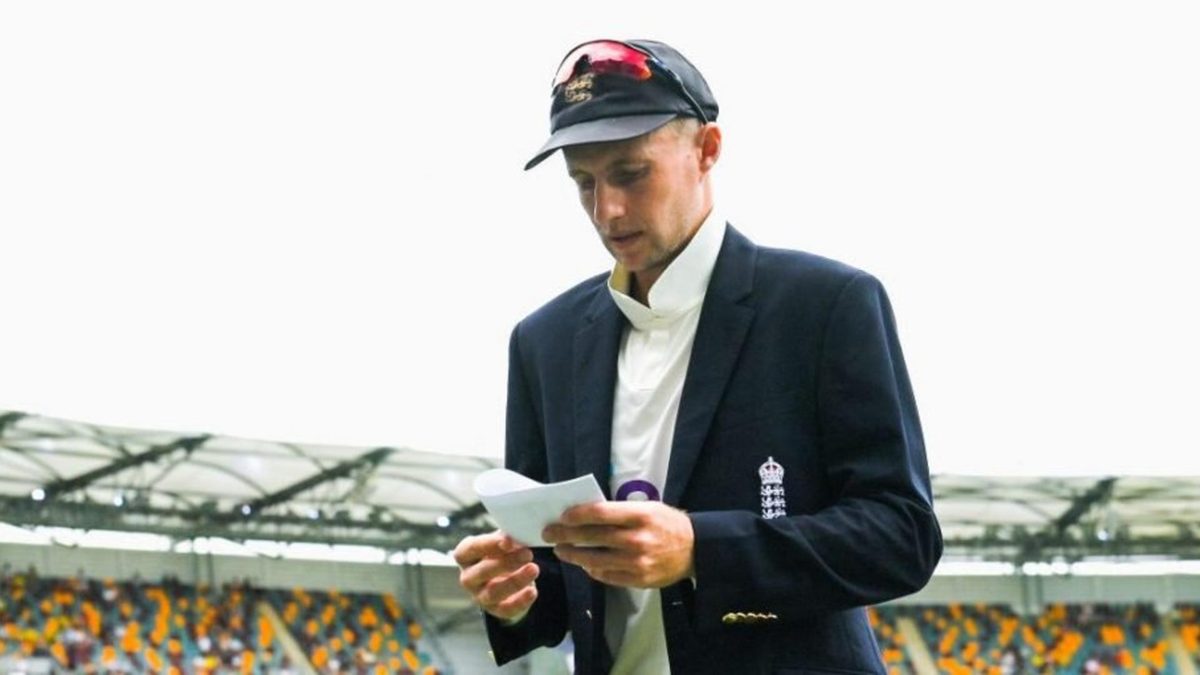
It was a first day that possibly surpassed even the most pessimistic of English predictions. It started terribly, got worse and ended dispiritingly as their slim hopes of getting back on the field to have a crack at the Australia top order faded away.
Sign up to bet365 to be entered into a draw for the chance to win a Wisden t-shirt of your choice, terms and conditions apply, more information here 18+ begambleaware.org
Most of the top seven were culpable in one way or another. Rory Burns fell to the first ball of the series, planting his front foot yards out of line to give the brand new Kookaburra a direct path from Mitchell Starc’s left hand to Burns’ leg stump. Joe Root, Ben Stokes and Jos Buttler fell to good balls but Dawid Malan and Haseeb Hameed succumbed to deliveries they should probably have left alone. Ollie Pope battled hard to reach 35 but with Buttler recently back in the pavilion, the timing of his loose pull off Cameron Green was ill-advised.
Their final total of 147 on a grassy pitch in overcast conditions against a fired-up Cummins, Starc and Hazlewood was hardly a surprise. In their most recent warm-up game, there was a glut of top-order failures. Their top seven is also just not very good – over the last three years only Root and Stokes average more than 34. Scant preparation for a unit that has generally underperformed with the bat regardless of opposition against an attack this good in helpful surroundings was a recipe for disaster. It begs the question, why did Root opt to bat first?
You could argue that it was the more courageous option. Root backed his top-order to get through the initial new ball burst and historically, the blueprint to win at the Gabba is to bat first, bat big and bat once. But there is a fine line between boldness and injudiciousness.
Root was perhaps influenced by England’s most recent two results when they have opted to bowl first. England chose to field in the Lord’s and Oval Tests in 2021 and lost both games having secured first-innings leads, collapsing in both fourth innings; it is possible that those recent memories played on his mind and that he wanted to avoid putting his side in a similar position on the final day.
It is also possible that the infamy of Nasser Hussain’s decision to bowl first at the Gabba in 2002 deterred Root from making the same call 19 years on – Hussain rarely gets through a Test in the Sky commentary box without one of his colleagues bringing it up. The context of the two calls are worlds apart, though. In 2002, Hussain chose to bowl first on a cloudless day with an inexperienced attack against one of the all-time great top sevens. In 2021, Root chose to bat first on a cloudy day on a pitch with a tinge of green, armed with an underfire top three who were up against a pair of greats leading the home attack.
Jack Leach’s inclusion is an interesting subplot. Leach hasn’t played a Test outside Asia since Silverwood’s first Test as coach in November 2019 and was preferred to Stuart Broad – who has a good Brisbane record and had David Warner on toast back in 2019. Whatever the reason for that call, it may be that Root sought to maximise Leach’s presence in the side by giving him the chance to bowl in the fourth innings.
Bowling first would have given England an opportunity to pit their strongest suit up against Australia’s weakest. Despite the presence of Smith, Labuschagne and Warner, this is a flawed Australia top seven. It was a more realistic way to lay some punches early on in the contest. It was also, with rain predicted at various points over the first three days, a way of minimising their risk of defeat [it is harder to lose by an innings if you bat second] and given their horrid recent record in Brisbane, a draw would be a perfectly reasonable result.
That said, a batting performance like that renders the toss irrelevant. While England should probably have bowled first, if they have any hope at all this series their top seven has to be less brittle.








